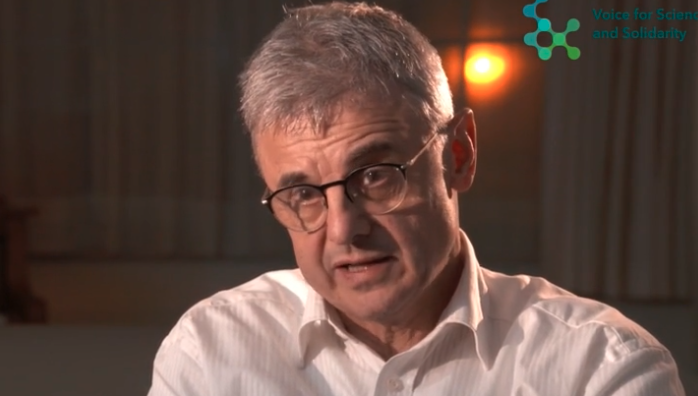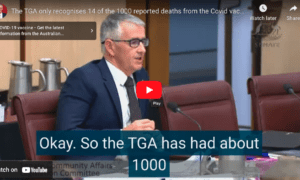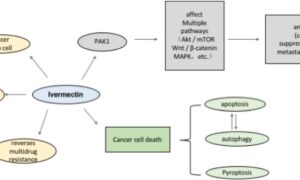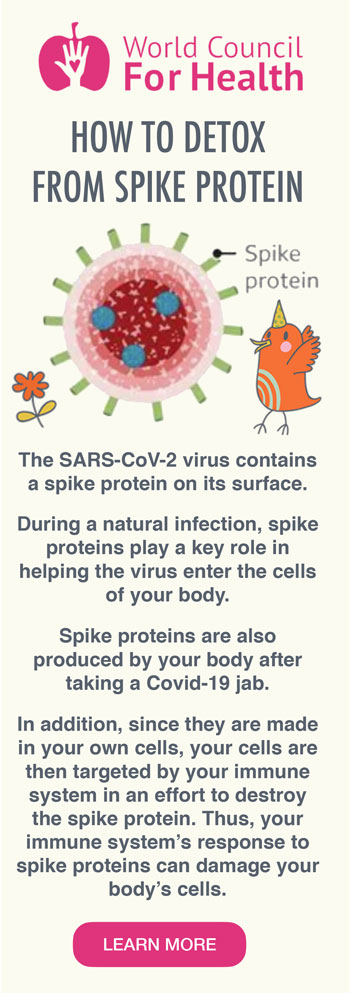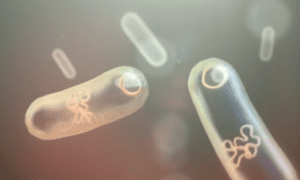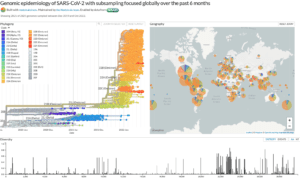Have a look at the SARS-CoV-2 virus concentration in wastewater samples (USA): https://biobot.io/data/
There appears to be a trend in certain states indicating an increase (including in the nationwide average). One should closely monitor these data in the coming days and weeks. Should this trend be observed nationwide and be confirmed, it may indicate a shift in the pathogenic mechanism towards promoting virus adsorption onto dendritic cells (DCs), rather than virus internalization into antigen-presenting cells (see figure attached below: pathway (2) dominates over (3). If this hypothesis holds true, we might be entering the phase of PNNAb (polyreactive non-neutralizing antibodies) depletion due to the more frequent adsorption of highly infectious variant virus onto DCs, resulting in suboptimal concentrations of these antibodies (Abs). Since PNNAbs play a crucial role in inhibiting viral virulence, the reduced immune pressure exerted by suboptimal inhibitory concentrations of these Abs at the population level will likely promote the selection of a SARS-CoV-2 variant capable of high virulence amidst a background of transiently protective PNNAbs in highly COVID-19 vaccinated populations.
In conclusion, an increase after a preceding decline in the concentration of highly infectious SARS-CoV-2 variants circulating predominantly in wastewater could now serve as a proxy for assessing the rising level of PNNAb-mediated immune selection pressure on viral virulence.
While I sincerely hope my interpretation is wrong, the rapid evolution of viral adaptation suggests to me a desperate attempt by the virus to overcome immune barriers to its vitally important transmission. I therefore believe that the (abrupt) transformational shift to a highly virulent variant is likely to occur even before concentrations of currently circulating variants in wastewater will reach their peak (assuming the aforementioned trend is confirmed).
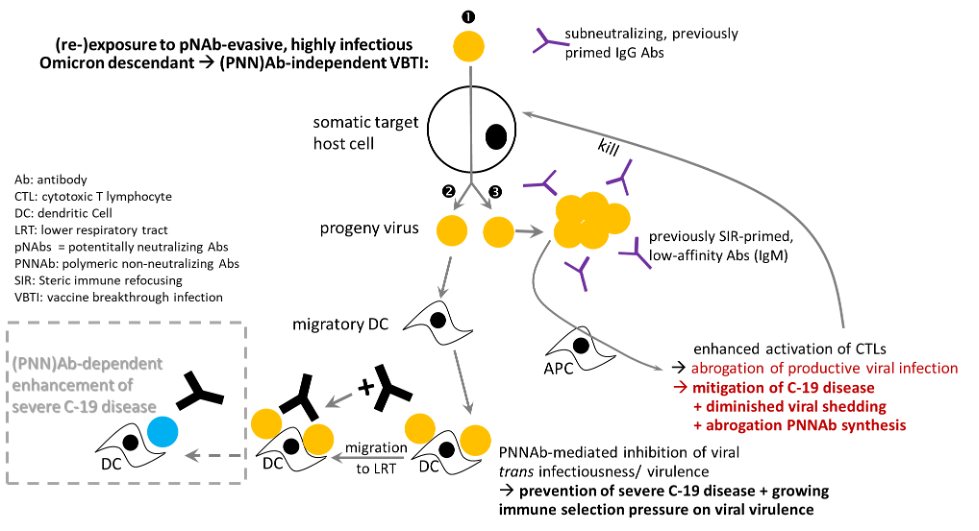
Fig.: Newly emerged, highly infectious Omicron descendants do not rely on PNNAbs to infect target host cells (1). Replication of highly infectious variants generates an immunological environment that promotes their adsorption onto tissue-resident DCs. PNNAbs bind in high quantities to progeny virus tethered to these DCs, which subsequently migrate to the lungs and other distal organs (2). Diminished production of these virulence-inhibiting PNNAbs, combined with their enhanced binding to DC-tethered virions, leads to increasing immune selection pressure on viral virulence in highly C-19 vaccinated populations. As previously SIR-primed Abs bind with low-affinity to the highly infectious, antigenically more distant immune escape variant, large Ab-virus complexes are taken up into patrolling APCs (3). Enhanced uptake of large Ab-virus complexes into APCs facilitates strong activation of CTLs, thereby enabling the elimination of virus-infected host while impeding T help to assist in boosting previously SIR-primed Abs. Diminished boosting of previously primed anti-S Abs results in diminished production of PNNAbs. As explained in the text, enhanced viral uptake by APCs will slow down the adsorption of highly infectious progeny virions on migratory DCs and thereby mitigate the decrease in PNNAb concentration resulting from diminished production. Hence, PNNAb levels may not decline rapidly enough in a sufficiently large portion of the population to widely release the brakes on PNNAb-mediated inhibition of viral trans infection. However, with more infectious BA.2.86 descendants (i.e., the JN.1 clan) emerging and rapidly growing in prevalence, highly C-19 vaccinated populations are exerting a steadily increasing immune selection pressure on viral virulence. This is thought to eventually trigger the selection of a new variant that has the capacity to cause highly virulent VBTIs in highly C-19-vaccinated populations due to PNNAb-dependent enhancement of severe C-19 disease.

